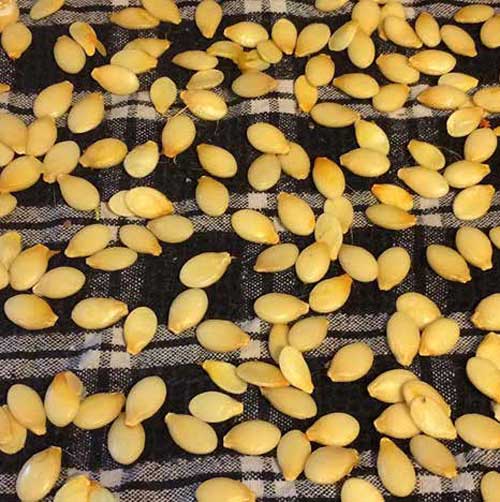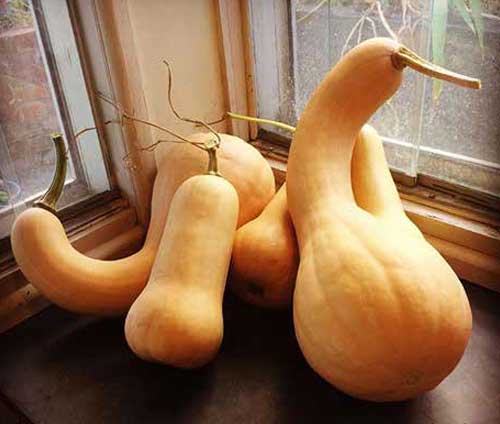Story and Photos: Thea O’Loughlin (Canberra Organic - Spring 2020)

If you were lucky enough to have vines survive the recent harsh summer, then chances are pumpkin soup has been on your winter menu. Pumpkin can store for months in a dry dark area, such as a cupboard or if, like me, you’re short on cupboard space, vertically in milk crates next to the bed! Not only does this save the sweet orange flesh to be enjoyed throughout the cooler months, but also stores the seeds too.
It is an easy process to save pumpkin seeds when you’re cutting up one for a recipe. Simply scoop out the seeds into a bowl or jar, and cover with water. Leave uncovered in an obvious spot for around a couple of days to a week before rinsing and draining. Allowing the seeds to ferment a little works to help remove excess flesh from the seeds and can kill off any pests or pathogens clinging to the seed. Once clean, dry the seeds fully on a tray, sieve, or clean tea towel before storing.
Pumpkin seeds can remain viable for 3–10 years if kept in a dry place with even temperature. Don’t forget to label your seeds too. Keeping track of the year, variety, and origin of your seeds is easier done when saving the seed — rather than trying to remember years later. As with all vegetables, it’s best that you save seed from open-pollinated, non-hybrid seed — also called ‘heritage’ or ‘traditional variety’ pumpkins or an F2 variety. Hybrid seed (also called F1) won’t reliably reproduce the same characteristics in following generations. This is true for all vegetables.

Pumpkin varieties do cross readily, so if you’ve got two varieties growing in close proximity, it’s recommended to hand pollinate fresh female flowers before they open, and then seal with masking tape or a peg, to guarantee they are true to type. Alternatively, if you have the space, you can isolate varieties 400m apart. Although hand pollination, or plant isolation sounds like a bit of a hassle, it makes a lot of sense to save your own pumpkin seed to ensure you enjoy your favourite varieties for many years into the future.
